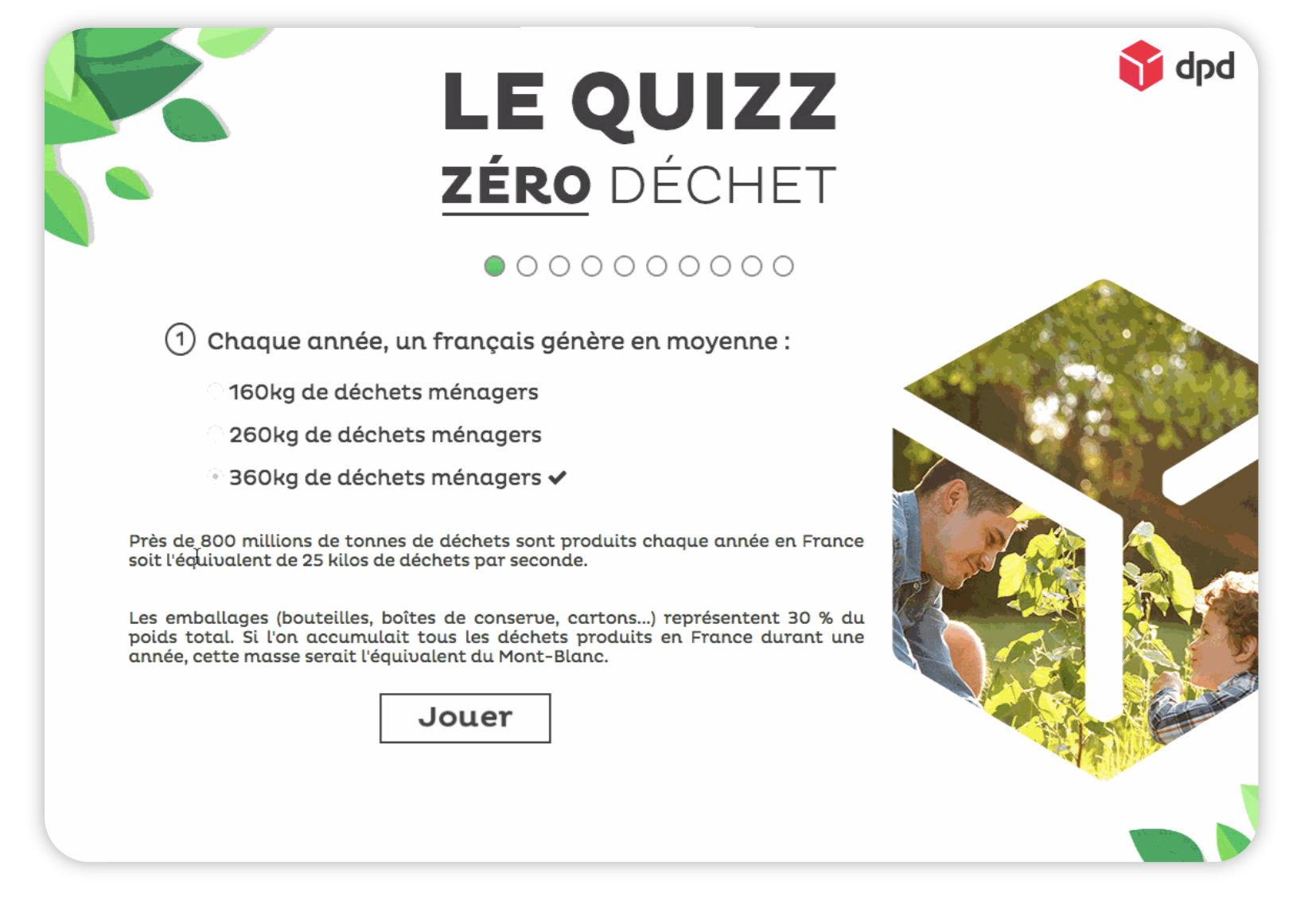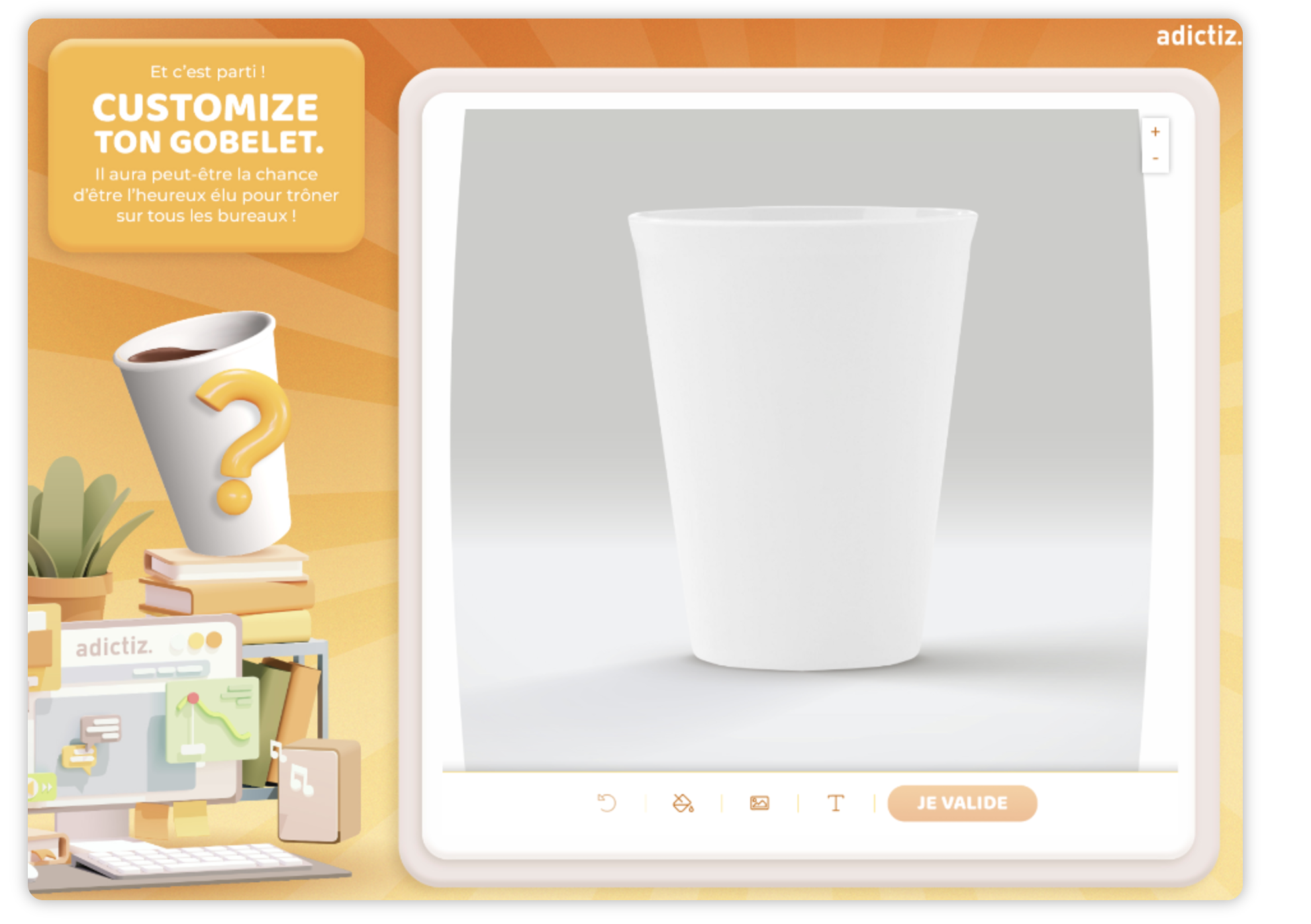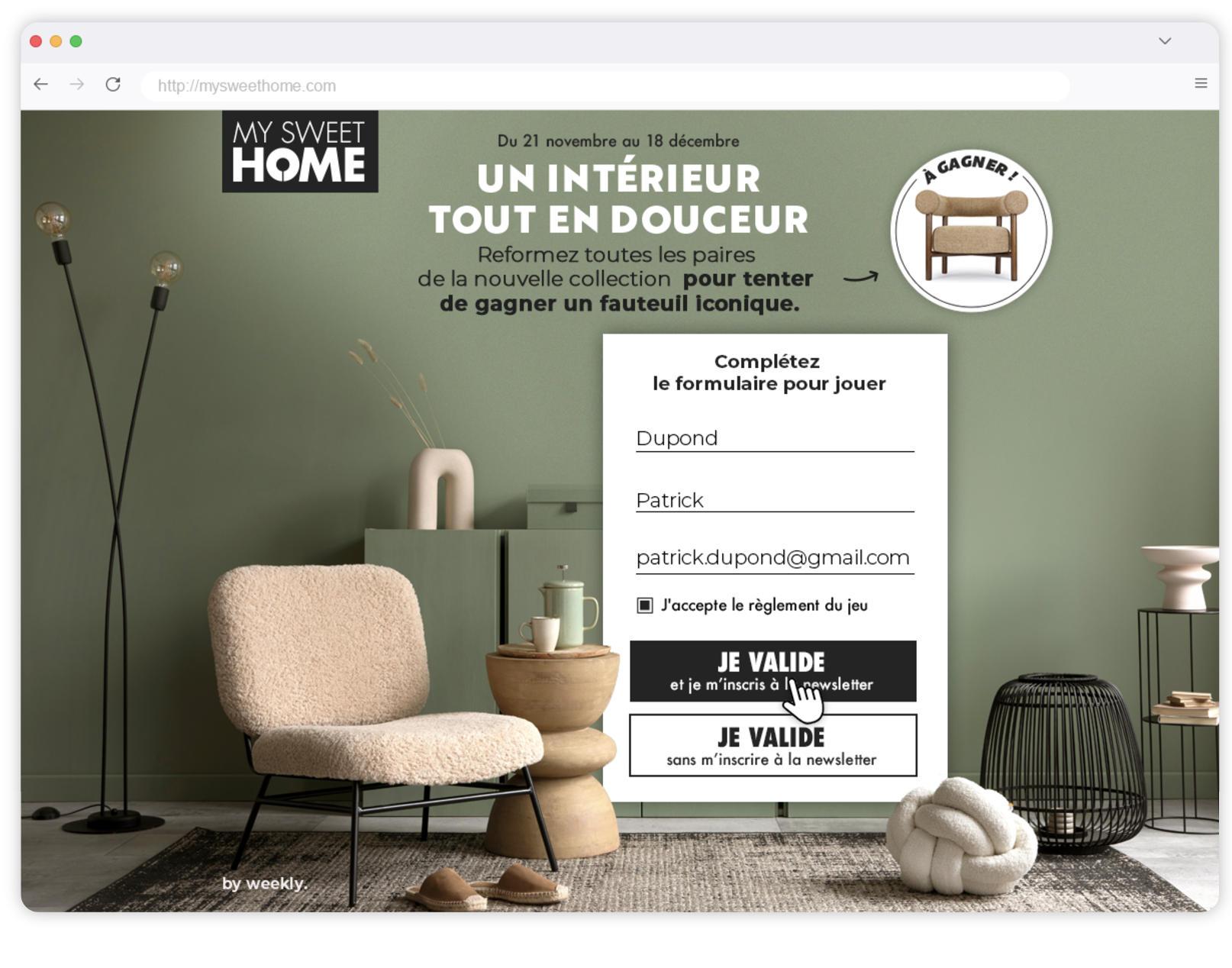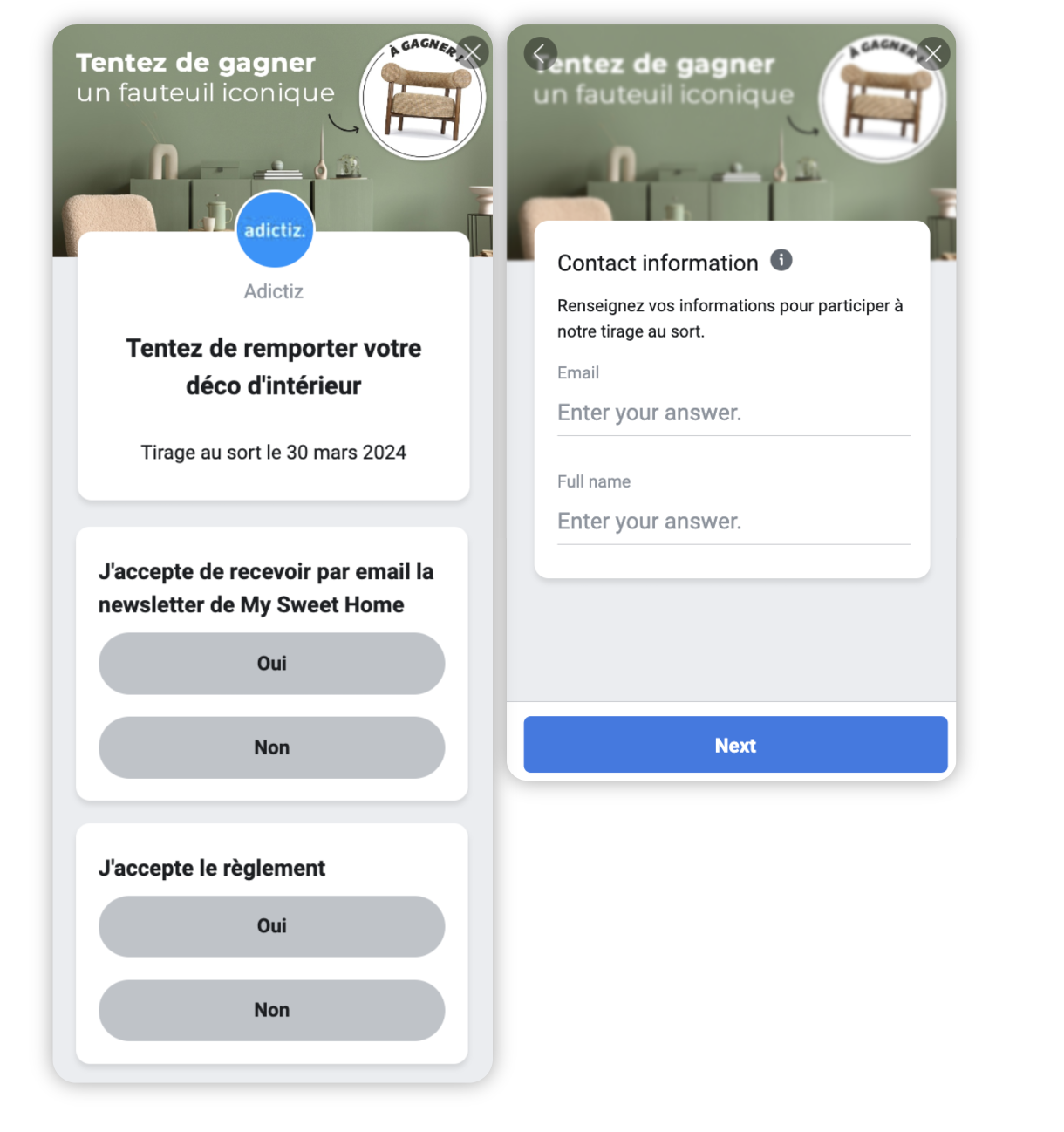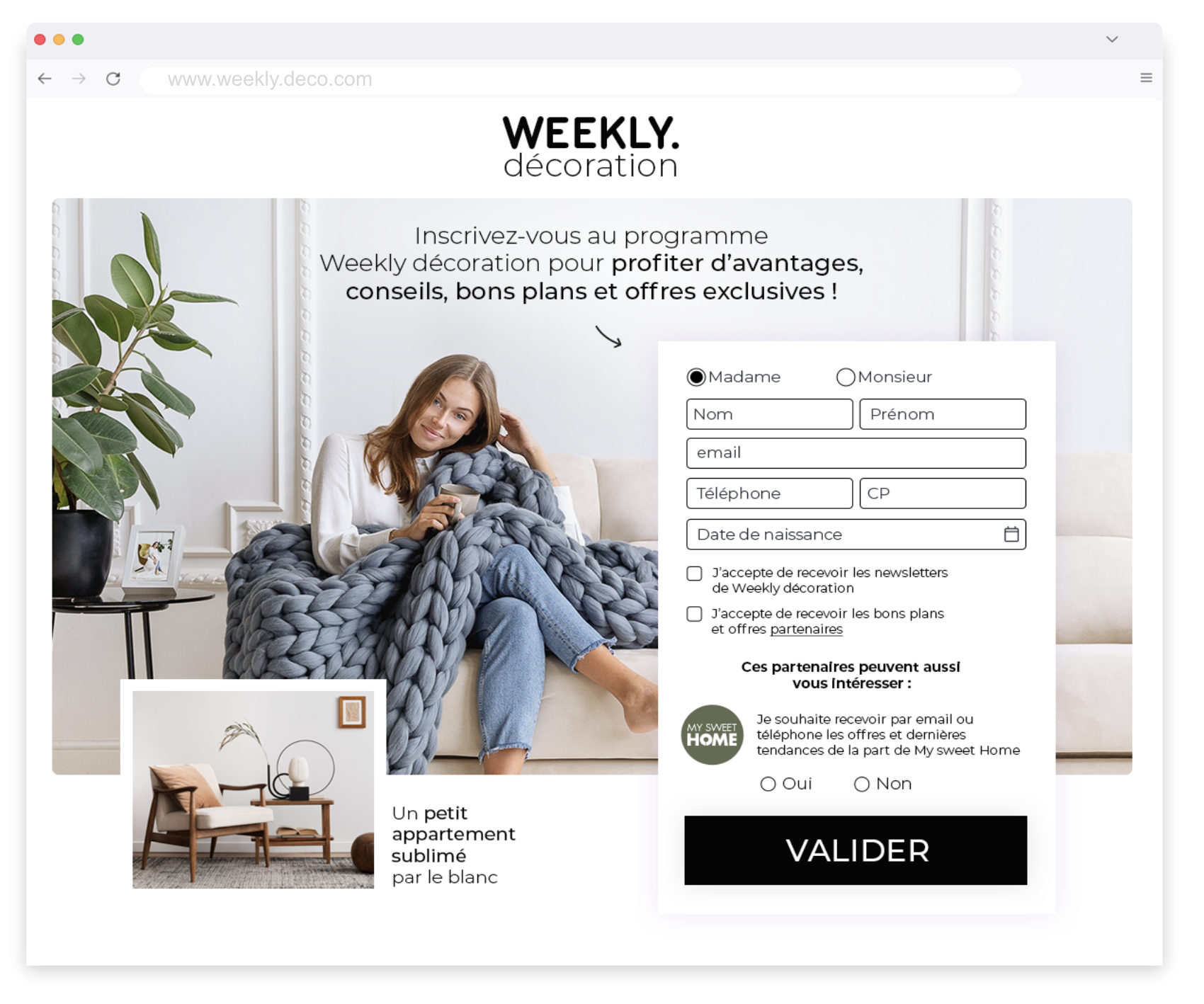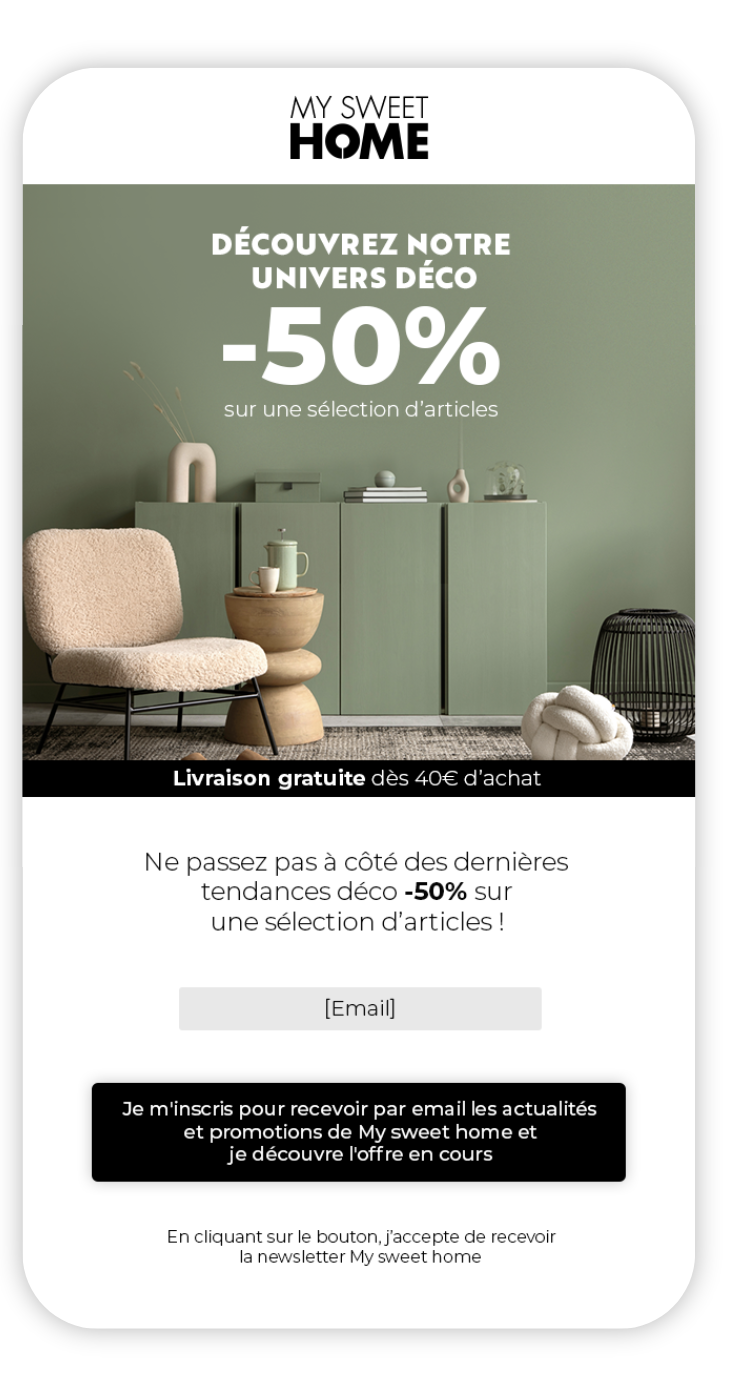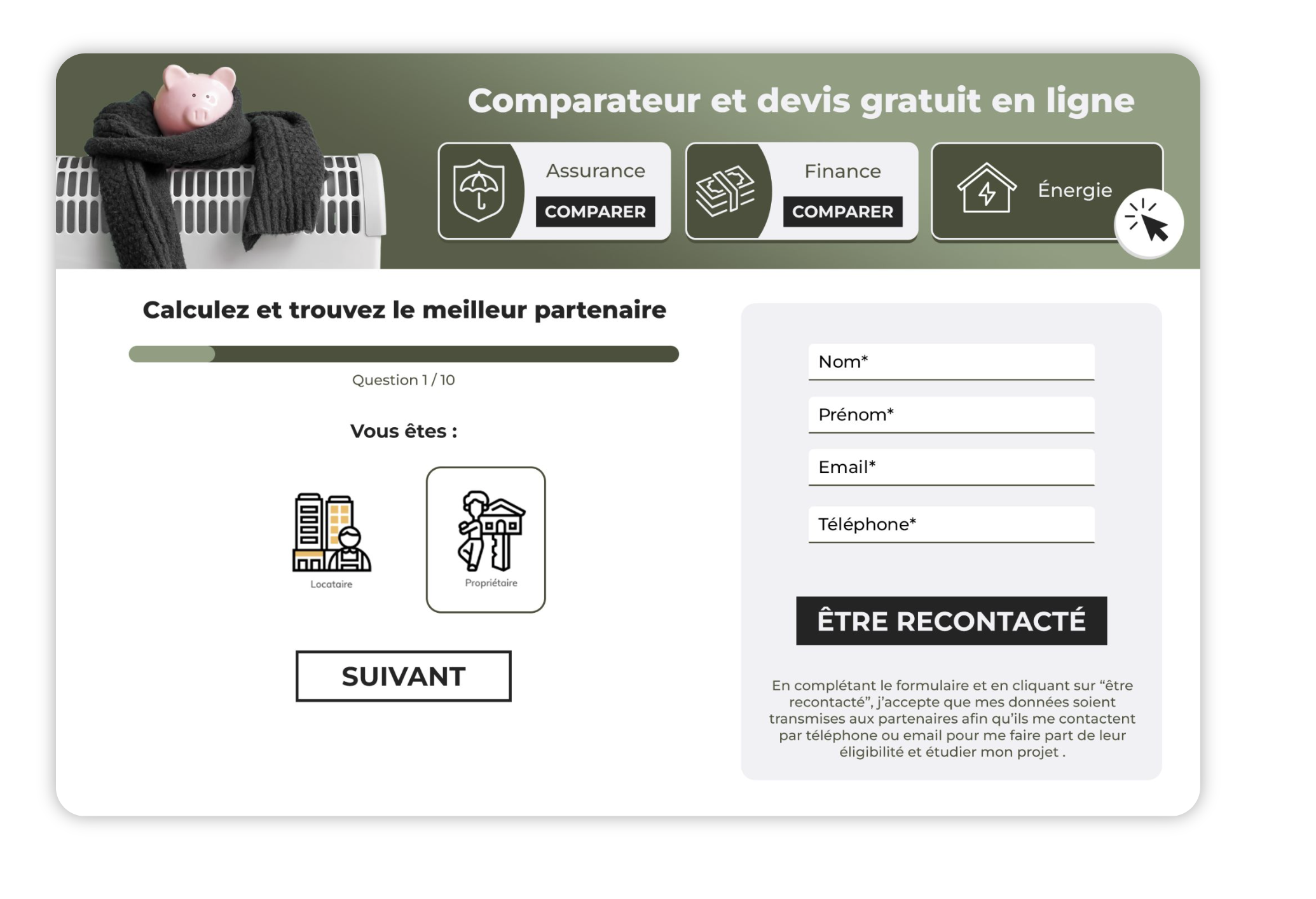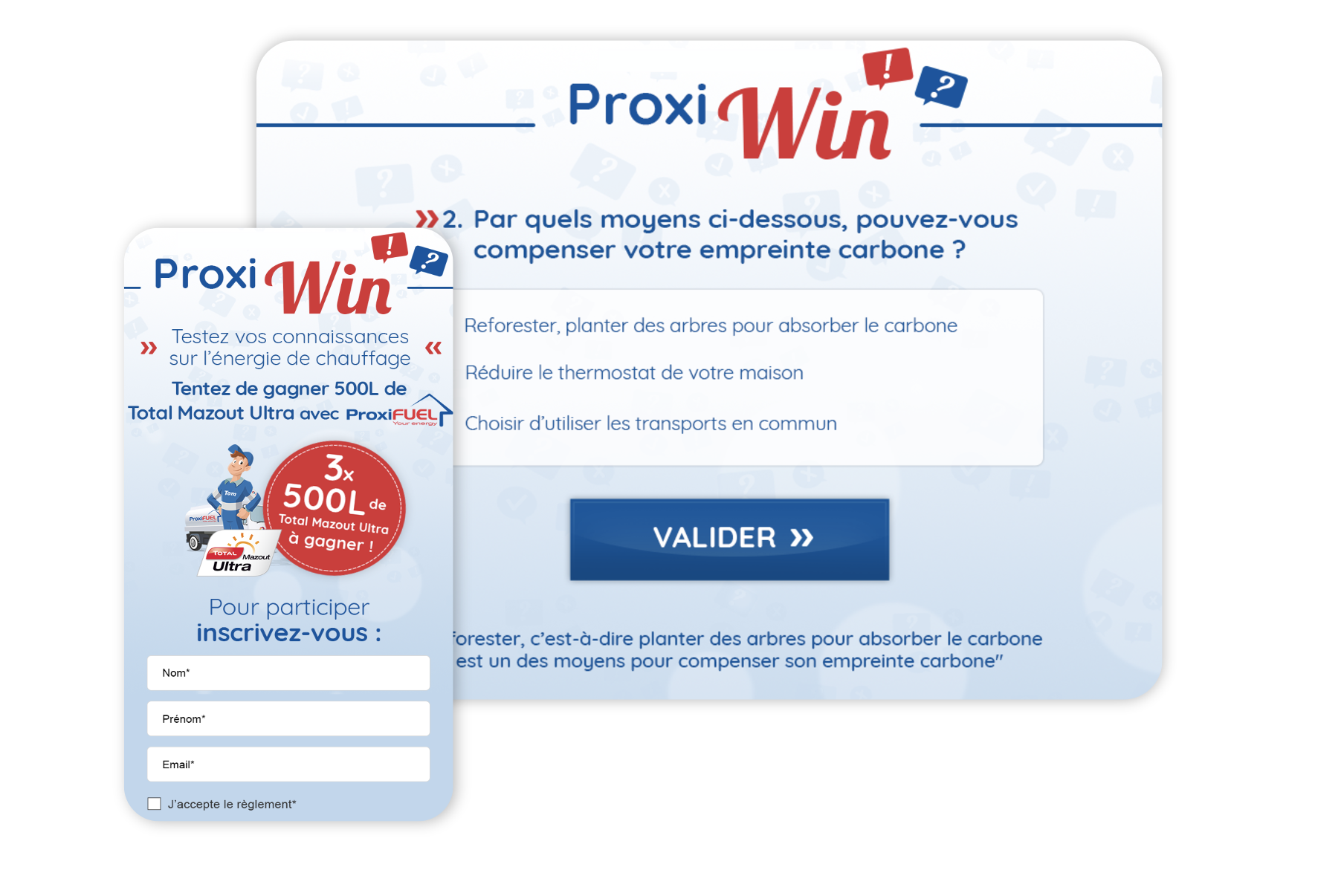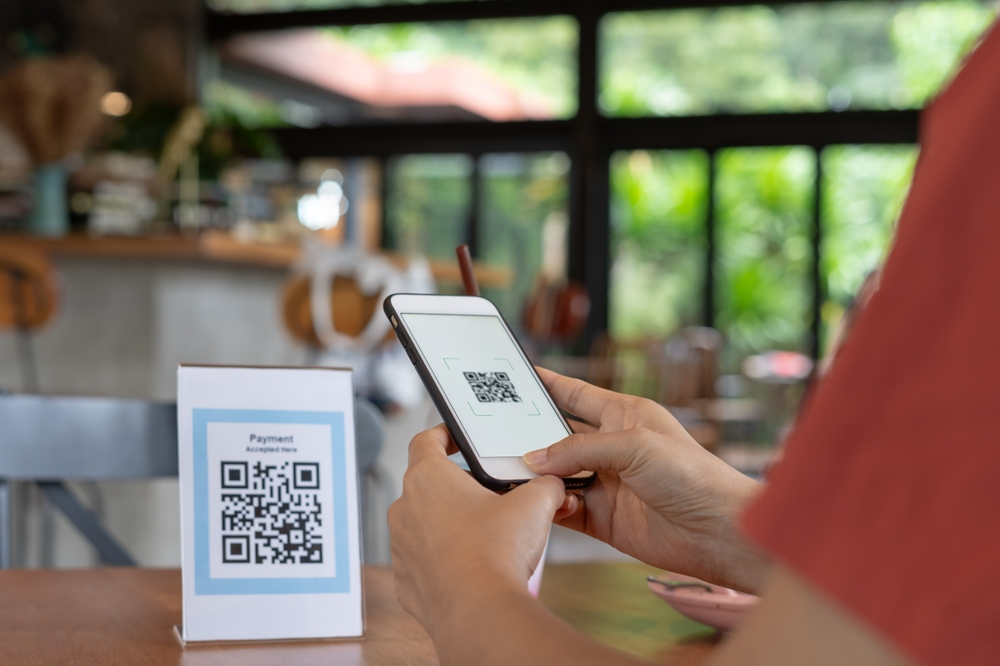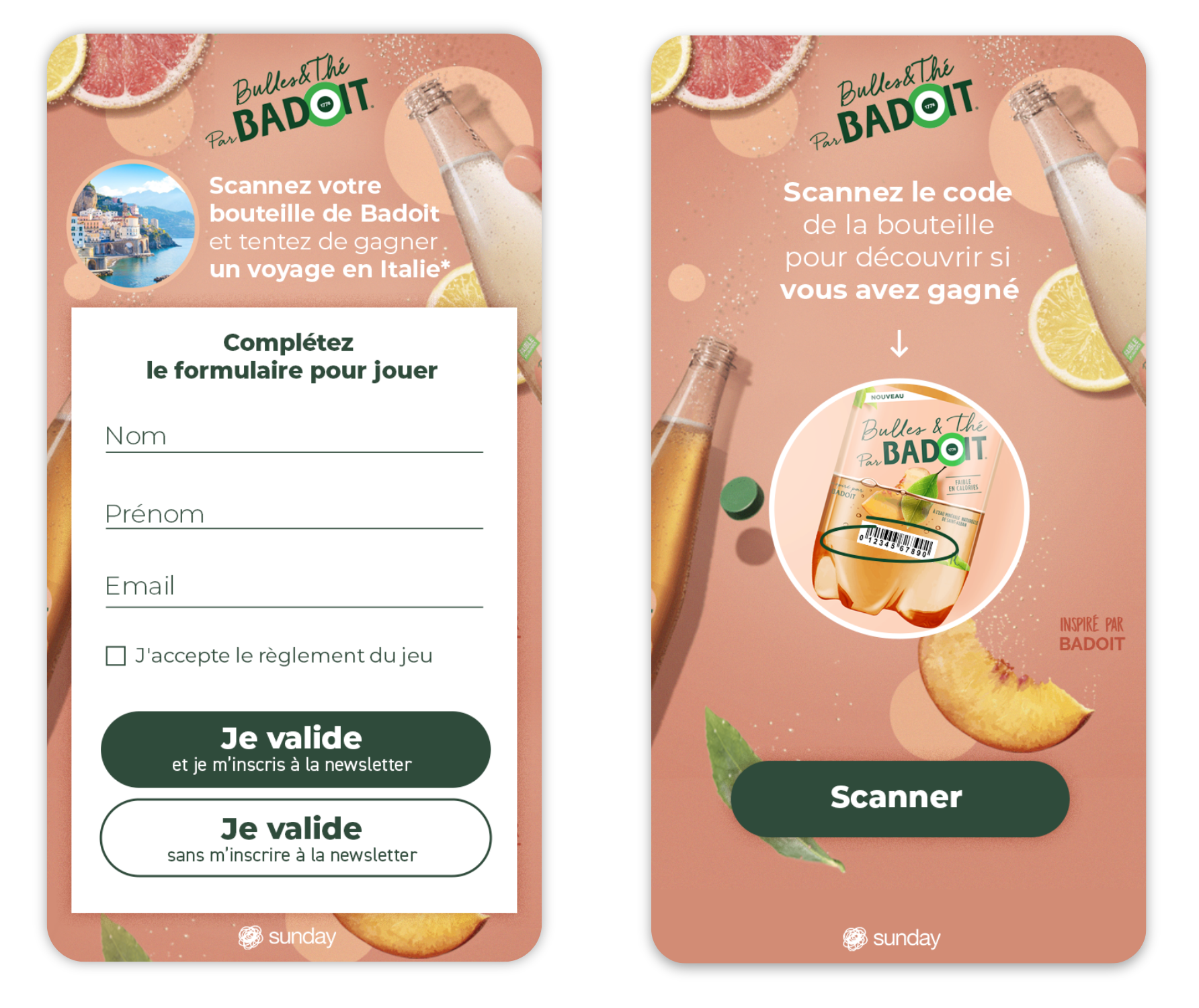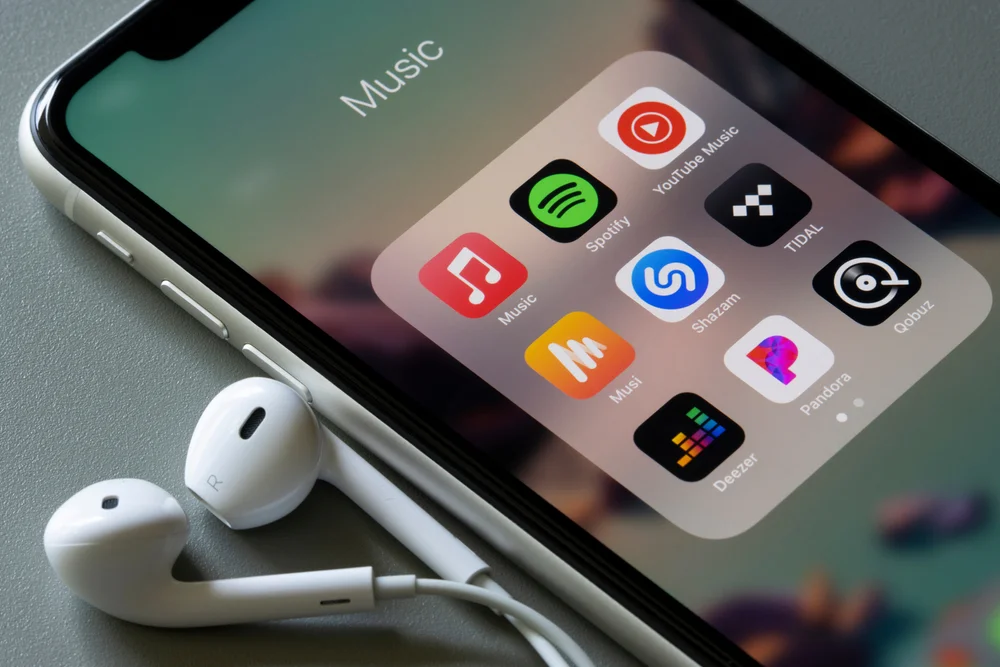
Playable App: an interactive solution for mobile apps
Today, 74% of consumers use mobile applications with the intention of making a purchase. M-commerce (i.e. online sales made via a mobile device) thus represents 44% of e-commerce revenues.
It is therefore becoming crucial for brands to create their mobile applications, but above all to optimise the experience they offer their customers. The buying experience on an app is not the same as on a website. Companies need to find ways of engaging visitors, encouraging them to make purchases, but also to return to the application.
This article looks at an effective strategy for achieving all these objectives: the Playable App. By making their in-app experience interactive and fun, brands can boost revenues and build user loyalty!
What is a Playable App?
A Playable App integrates gamification elements into the in-app user experience. Throughout their journey on the app, visitors can be engaged through fun and interactive mechanisms.
These interactive in-app animations allow you to immediately win prizes, promotional codes or loyalty points, for example.
To achieve this, the brand can integrate a game of instant wins into the shopping experience. A Wheel of Chance can be available on the application’s home screen, to encourage purchases using the promo code obtained. In exchange, the company can ask the participant to subscribe to its mailing list and tick an opt-in box.
The different strategic objectives of a Playable App
Developing an application represents an investment. This investment is motivated by the prospect of reach a different type of consumer (like GenZ), but also to boost revenues. One study shows that the average shopping basket for mobile users is 37% higher than on the web.
To attract as many buyers as possible and encourage them to place an order, the company needs to offer a smooth, pleasant and secure experience.
Here’s how the Playable App – the integration of playable mechanics into a mobile application journey – is helping the brand to achieve these objectives.
Optimising the browsing experience and making it more fluid
The primary benefit of offering an in-app experience is to make it enjoyable and intuitive. Game mechanics can facilitate access to information. In this way, the company can draw the user’s attention to certain stages in their journey, directing them to products on special offer or the registration form for a loyalty programme, for example.
Users will find it easier to navigate the application. This is an important in-app feature, as the screen of a mobile device is smaller than that of a computer. The game window will help you find your way around an environment, while making navigation dynamic through playful animations.
Quick launched a Playable App campaign based around the star Tony Parker and gamification elements. By integrating an Outrun into the navigation, the retailer’s aim was to generate new leads. But also to engage participants and boost sign-ups to the loyalty programme. This advertising format enabled Quick to recruit 4k registrations in 1 week, 69% of which were opt-in (a record for the sector).
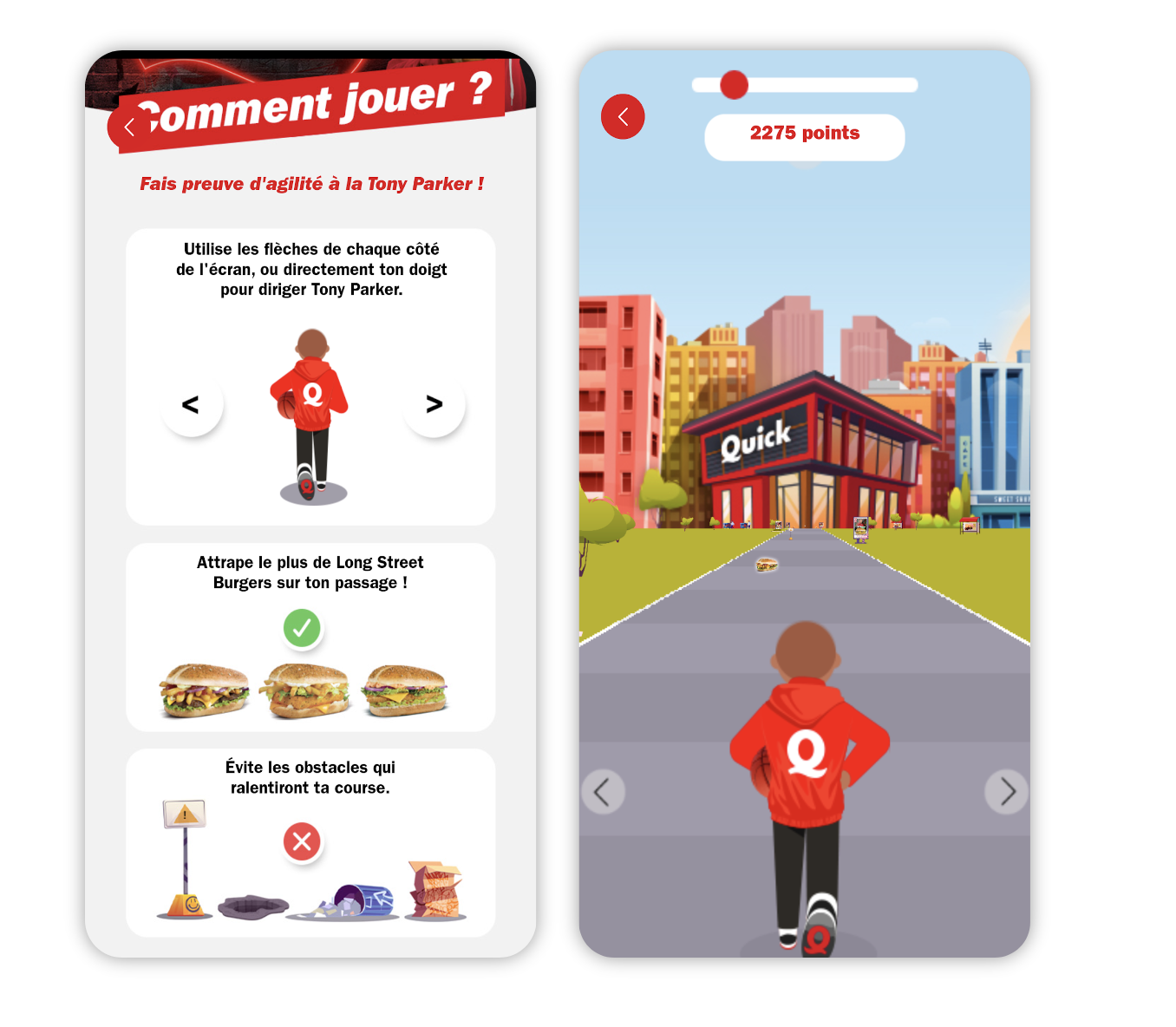
Create repeat visits and engagement on the app
The playable mechanics transform a static browsing experience into a dynamic, fun in-app experience. Users are encouraged to interact with the application’s content, which encourages them to stay. This is the case if the company relies on game mechanics that encourage recurrence (such as Beer Pong or Outrun).
The more enjoyable and potentially rewarding the experience is for the user, the more likely they will be to return. Games build customer loyalty by giving them the chance to unlock attractive benefits or prizes.
It’s easy to imagine an Advent Calendar integrated into the browsing experience. Shoppers will be encouraged to return for a chance to win gifts or discount vouchers on their Christmas shopping.
The Floa Banks Floa Sweets campaign aimed to boost awareness and usage. Through an engaging mechanic ( Match 3) and attractive prizes, the company was able to recruit and retain users. It has also been able to boost app downloads.
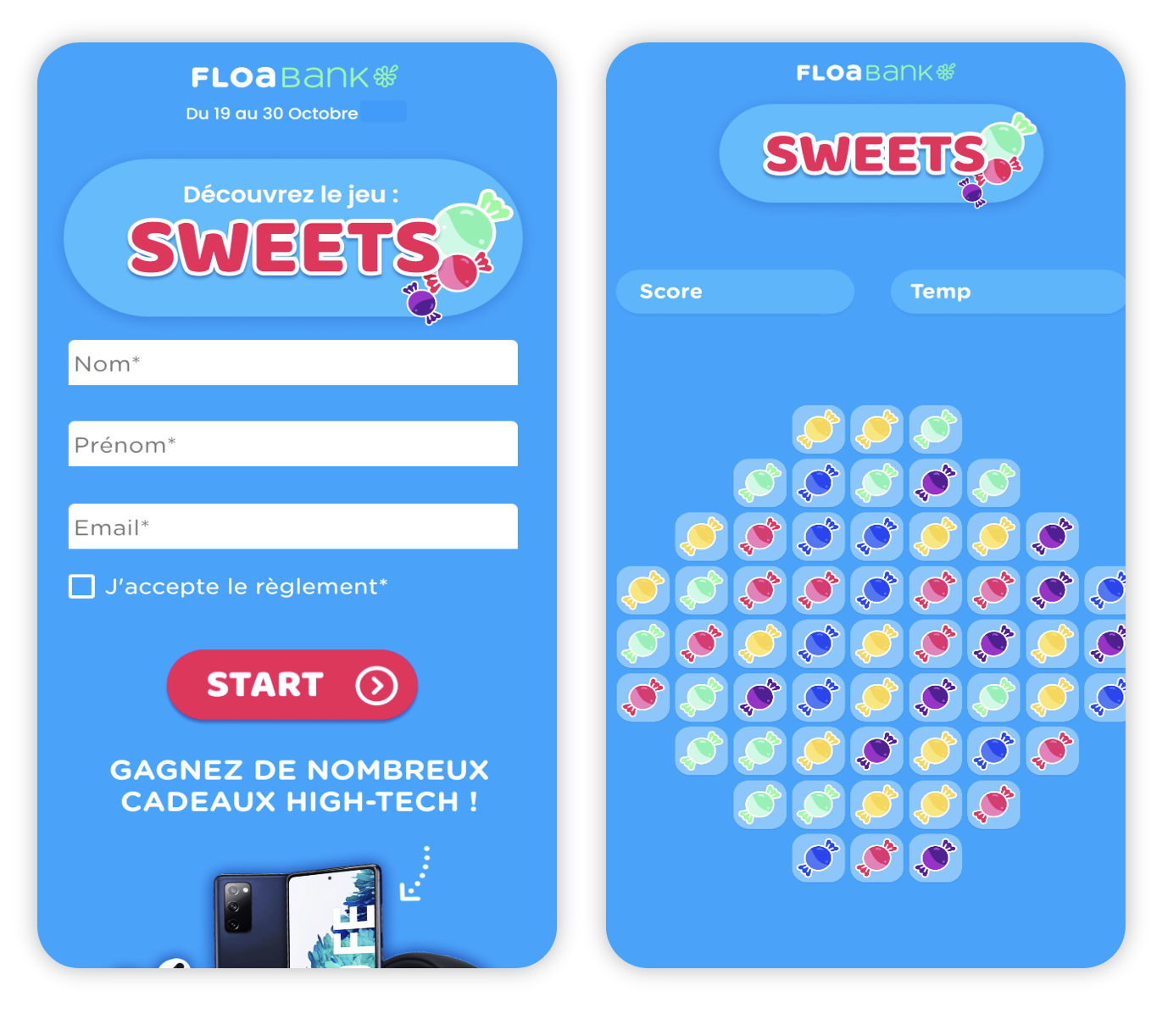
Encourage repeat purchases via the application
Finally, the Playable App is a way for the company to encourage visitors to make a purchase. Comme on l’a vu, le jeu peut être a conversion lever enabling the brand to distribute e-coupons as an incentive to place an order.
But the game can also be a lever for up-selling or cross-selling. Using product preferences collected via a Shopping List or Swiper, the brand can share recommendations and generate additional sales.
Showroomprive launched an in-app campaign to promote the Rituals range, with a 100% winning game. Via the marketing game Flip&WinThe company’s objectives were to engage users of the mobile application. But also to give visibility to Rituals products, recruit qualified leads and stimulate sales. The campaign was a great success, with over 56k registrations, 60% of which were opt-ins.
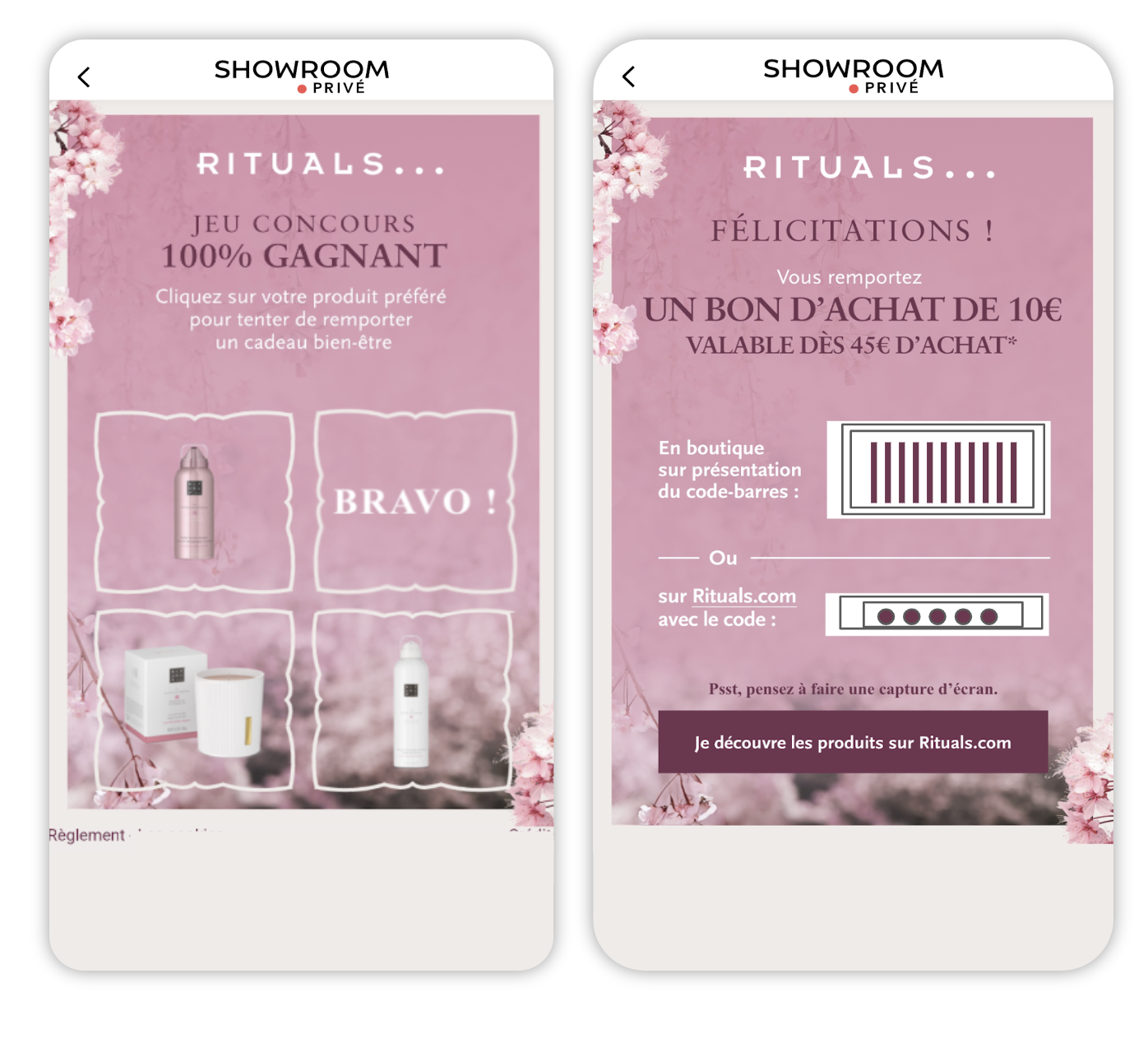
Conclusion
The Playable App is the future of m-commerce. By making the browsing experience on your app more interactive and engaging, you can attract as many visitors as possible, encouraging them to return and make purchases. Discover our interactive marketing solution and offer your users addictive branded games!



